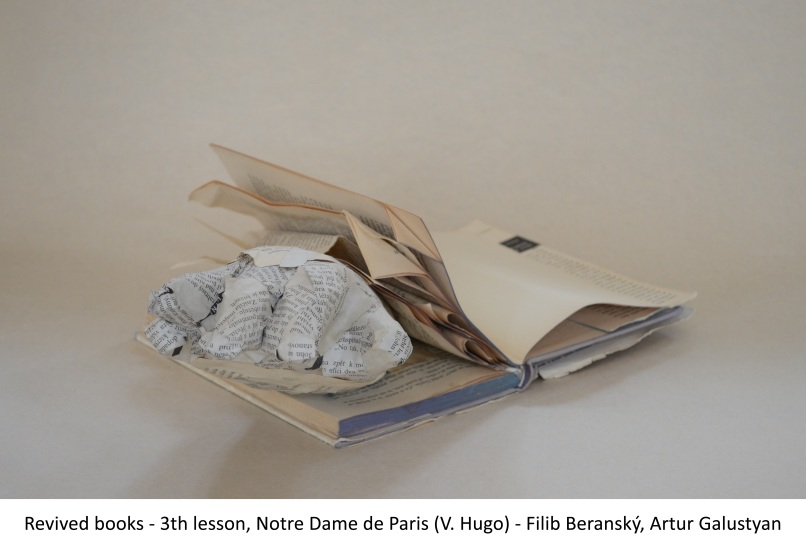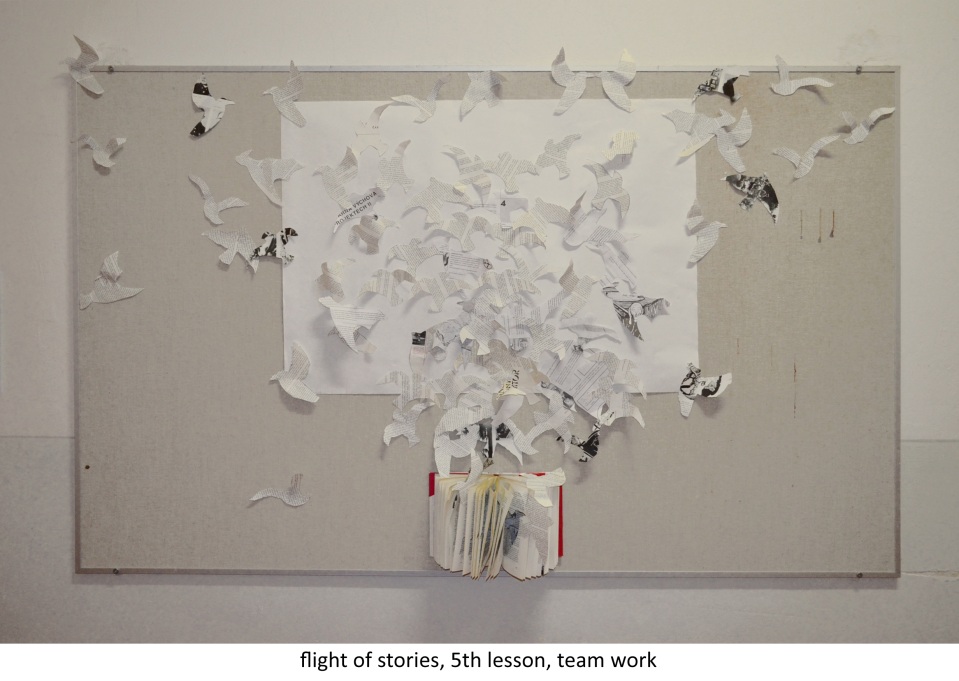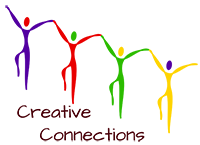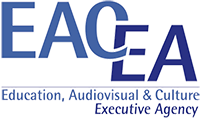ZS Korunovacni (secondary school) - Czech Republic
Region: Prague
The other schools in the Quad Blog: Don National School (Ireland), Colégio do Minho (Portugal), Escola Serralavella (Spain)
Creative Connections Project: Literature in the environment
Background: A profile of the school and participants
This Creative Connections project took place at the basic school of Korunovacni, which is offers many interesting projects to their pupils, many of which focus on art and art education. The school is situated in Prague 7, which means it an urban school. The director of the school, the art teacher, a researcher, a creator of the concept, and the pupils were actively involved in the project. The pupils were in their final grade, which means that they were aged 14 – 15. The group of students was very small (only 15) due to the early leaving of students already in the fifth grade (who changed schools, mostly for the eight years grammar school).
Conceptual framework
The project’s main idea was tightly linked with the relationship to reading, literature and to books in general. Reading is a very important activity for the development of our personality and identity and it is one of the key competences that we use every day. Reading is an activity that is connected to education, leisure activities, values, relationship to traditions, history etc. In the Czech Republic, literature and language have very important roles, which can be traced to back through Czech history to people like Jan Hus or J. A. Komensky. Through such historical eras, when the Czech people were the isolated from the rest of the world and there was public burning of books, to a literary revolution – ‘National Revival’ (considering the Czech language as the language of educated people, encouraging Czechs through language and literature to national self-awareness) and to samizdat publications (publication of banned texts particularly in Communist societies) at the time of totalitarianism in the country. Those were the most important turning points in our history connected to language and literature, which were pointed out and discussed with the students during the first lesson.
Surprisingly, there are just a few active young or adult readers despite the important role of language and literature in the Czech history. Therefore, the main aim of this project was not only to gain awareness and knowledge of how important the role literature is in our environment, but also to motivate students to read, because the book is not only the medium and source of education but also a part of our national pride. Through the project it was hoped that students spread knowledge further, motivated themselves and other students to read and realise the importance of it in Czech history.
Detail of the scheme work
The introductory stage lesson
During the introductory lesson we discussed with the pupils the role of the book as a form of information, a socio-cultural mode, and indicator of personality. The teacher talked with them about their relationship to books and reading, from a personal dimension to the collective/national importance. Students mentioned that except for two of them, they were not active readers and some of them talked about reading just subtitles in movies or statuses on social networks in their free time. At the end of the lesson, the students were motivated to change their relationship and the relationship to reading of other schoolmates from the school. In the discussion, pupils came to the idea to create an ‘open school library’, where they can freely borrow and add books and the borrowing rules will be limited to moral and ethical values, solidarity, cooperation etc. The students' motivation was strong, since they were in the final grade and they wanted to leave something behind them at school. Pupils were promised to have for this purpose a glass cabinet on the first floor, which would serve as an open school library. Similarly, it was necessary to begin to think about and plan certain art objects or prints which would draw attention of other students to the future site of the open school library.
Labels – the second lesson:
The first practical lesson was about creating objects that playfully visualize metaphors like ‘taste the reading’, ‘hunger for knowledge’ and ‘juicy information’. Pupils created objects that played with the idea of merging food (meant as enjoyment) and reading. The task was to create similar labels; for instance for food products (e.g. food cans), which are important for getting necessary information about the content. In the figurative sense, these were seen as a kind of ‘reading snacks’ that the reader dreams about and which provide the right conditions for reading (quiet, light, understanding, time…). For instance, they created ‘pasture noises’, ‘protector of peace’ or devices for translating the speech into ‘current contemporary language’. The introductory discussion with students showed why they are not reading much. They gave many examples what a person needs for reading, what a person might be missing and what is vital to change. After this analysis, students created their own cans and exhibited them in the glass cabinet on the first floor, where the open school library would be. The idea of public open libraries is not new. For instance, in America different cities and states gradually establish more and more street libraries, which are based on a similar principle and now this idea is being tested at this school.

Books alive!
The second practical lesson was focused on the personification of stories in general; how books try to approach us. That means to resemble us in appearance; to be like us. The main ideas and themes were:
- The book is me
- The book created my image
- The book is a reflection of me and I am its reflection
The whole lesson was intertwined with another idea and that is why it is necessary for stories become alive, the reasons were, a) not to be forgotten, b) in order to get us closer and to draw our attention and c) to become contemporary and up to date. The aim of the lesson was to create objects (e.g. hands and other objects made of ‘cardboard mixture’ sculptures connected to some pages from books), so it would look like they were breaking out of books. The books became alive and transformed into something new. Most students chose to create objects with hands and gestures. After a short introduction to gestures and their meanings, students chose a gesture that he or she liked the most. The chosen hand gesture influenced also the choice of the book to which this object would be connected. They could have chosen from many classic works, from Czech or foreign literature. Students worked in pairs. After attaching the hand to the book, students played with the visual appearance of the object and the shape of the original object/artifact. That is also a reason why all the art works were so diverse and different from each other. At the end, book-objects were named and displayed near the future library closet.

Flying books
This practical work was very similar to the previous one, with the idea that books want to get closer to us. So we tried to transform the saying "when Mohamed could not come to the mountain, the mountain must come to Mohamed". However, in this part of the project the book does not try to resemble us but rather (like in Dalibor Chatrný work ‘Words, words, 1978’) where books became flying objects (birds, bats, swallows) which fly into the world. The idea of birds and swallows was also connected to the Czech proverb "first swallow does not make summer... but when there are so many of them..." Since it was also the last practical task for students, the creation of the art work should have present also the students’ progress, for example in getting back their faith, trust and interest in reading. As a start of this newly gained interest, might be considered the open school library. Students worked on the task in two groups - one cut the outlines of birds, bats and swallows from pages, the second group created compositions that evoked energy and movement.
Installation of the exhibition and final evaluation:
Students displayed the objects that they made in the last lesson. The students worked on their compositions and made paper birds and swallows, along with the printed text, so that stories would leave the space of banners and metaphorically fly into public arena. The ‘Flying books’ were organized into huge banners and put on display in public spaces in the school building.
Finally a discussion on attitudes to reading and books was opened.
Lessons learned and findings
Students worked very hard and thoughtfully. Sometimes they initially did not understand the essence of the task but they always came to an understanding in the end. Through the project the students showed a great deal of cooperation and mental maturity. However, we cannot prove any improvement in their attitudes to literature and books in such a short time. But in general they understood the importance of the role of language and literature in the construction of cultural identity and necessity of sustaining and developing books as specific socio-cultural media.
Regarding reading the students mostly prefer short texts such as news and articles on the internet and avoided traditional literary genres. Surprisingly they did not prefer even comics but internet texts, such as poems and blogs, are considered ‘literary’ creative acts. The students are used to a quick switching and sharing bigger portions of information from different disciplines and fields of knowledge. Thus they expect information to be condensed into a short, comprehensive and expressive form so they can move quickly to another piece and gain immediate response and opinion from other users.
The school atmosphere is highly supportive and contemporary art is taken as an inspirational and incubation point for art and culture education. One possible explanation for this is that the Head of the school has been educated in the visual arts and has an ‘enlightened’ pedagogue.
References
Adorno, T. W. Schéma masové kultury. 1. vyd. Překlad Michael Hauser, Milan Váňa. Praha: Oikoymenh, 2009, sv. 7. ISBN 978-807-2984-060.
Čtenářství, jeho význam a podpora: Výzkum, teorie a praxe v České republice a Spolkové republice Německo. Praha: SKIP ČR, 2008. ISBN. 978- 80-85851-18-0
Chatrný, D., Weiner, R.: Slova, slova, 1978, obrazová příloha k publikaci: ŠAMŠULA, Pavel a Jaromír ADAMEC. Průvodce výtvarným uměním 5. 1. vyd. Praha: Práce, 1994, s. 98, ISBN 80-208-0323-8.
Mrazik, M. Výtvarná tvorba - prostorová tvorba. Vyd. 1. Ústí nad Labem: Univerzita J.E. Purkyně, 2008, 106 s. ISBN 978-80-7414-048-8.
Ř! Česká národní identita v současném umění. Editor Milena Bartlová. Praha: Vysoká škola uměleckoprůmyslová v Praze, 2012, 333 [i.e.] ISBN 978-80-86863-46-7.
Slovník svetového a slovenského výtvarného umenia druhej polovice 20. storočia: Od abstraktního umenia k virtuálnej realite. 1. vyd. Bratislava: Profil, 1999, ISBN 80-968-2830-4.


